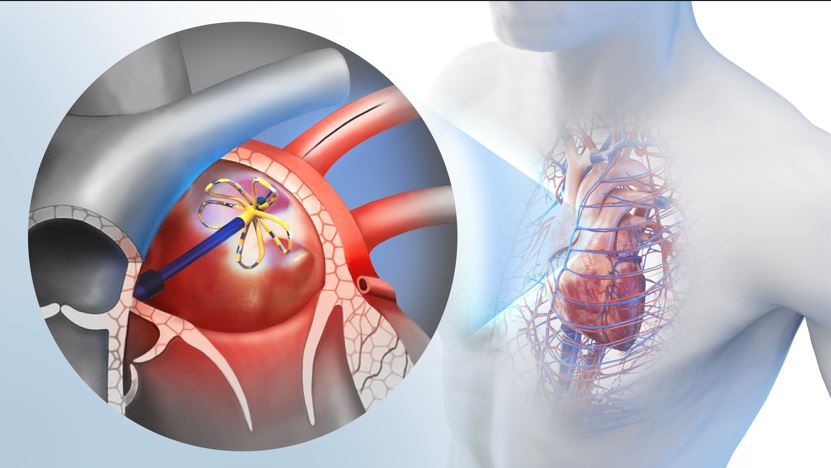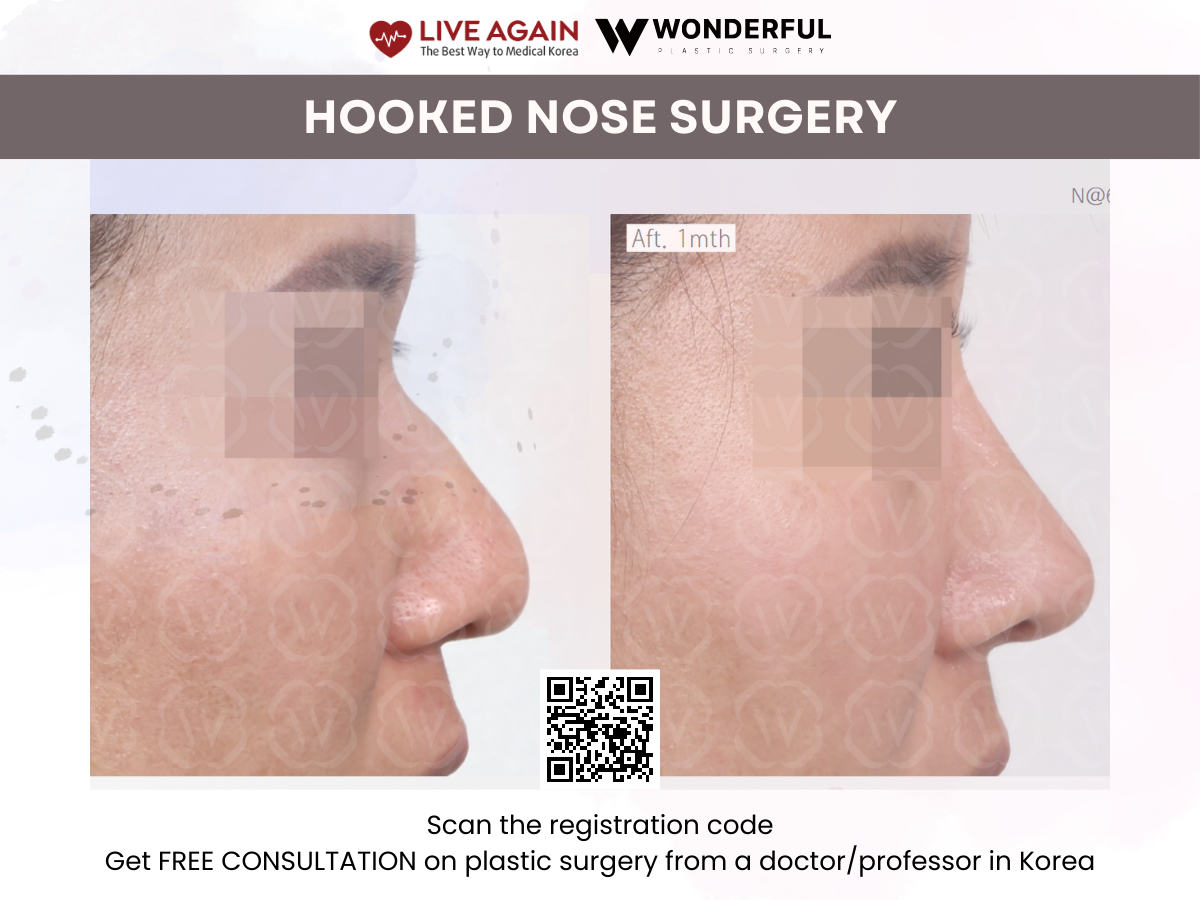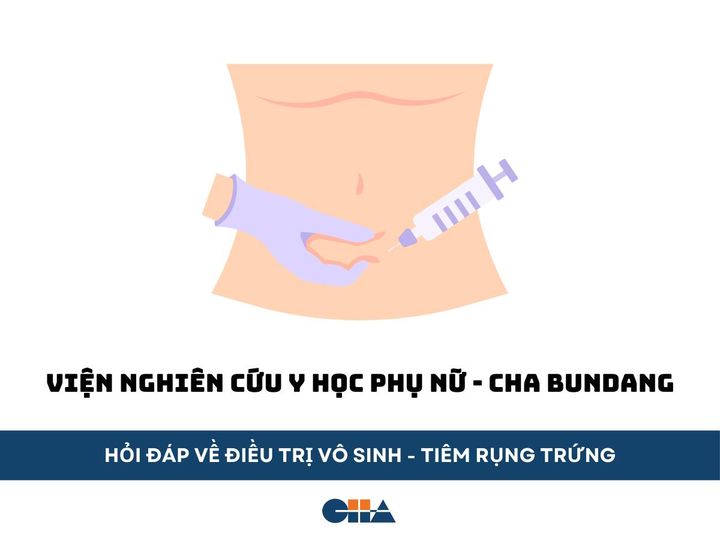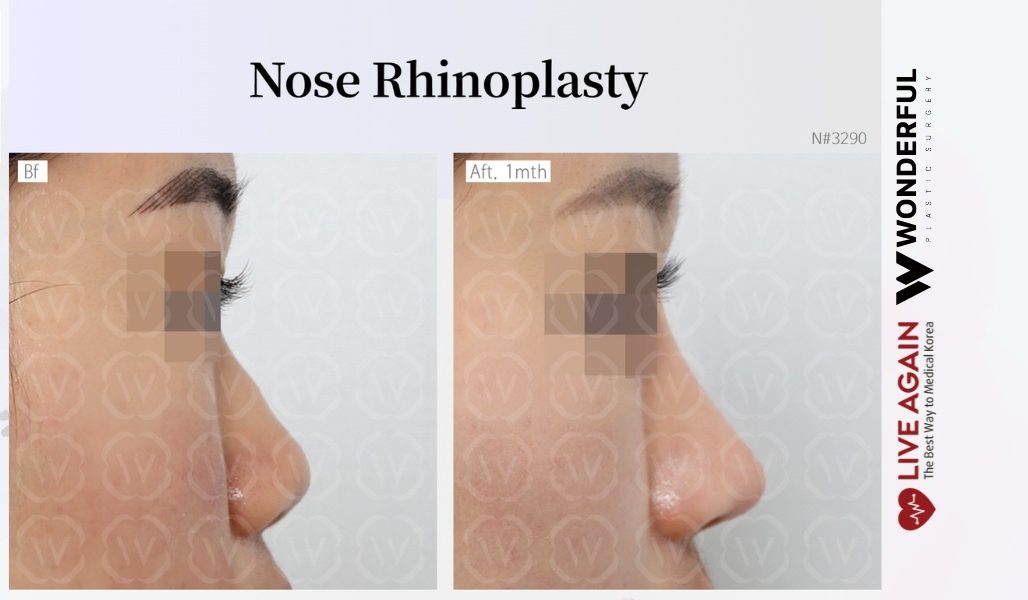Why Heart in Korea
1.World-Class Treatment of Ischemic Heart Disease
Ischemic heart disease mortalities in Korea stand at 35 people per 100,000 population, extremely lower than the OECD average(115 people per 100,000 population).
Mortality in Korea related to ischemic heart disease has been decreasing rapidly since 1990.
The mortality rate due to ischemic heart disease in Korea has decreased 24% on average every year since 1990, thanks to the development of a revolutionary treatment.
Factors in the development of cardiac infarction treatment.
– The introduction of CCU (Coronary Care Unit)
– The advancements in CABG (Coronary Artery Bypass Grafting) and PCI (Percutaneous Coronary Intervention)
– The development of state-of-the-art medical equipment and coronary stents
- Korea, The Country that Saves Lives
Korea achieved its first successful artificial cardiopulmonary bypass surgery in 1959 through the Minnesota project.
South Korean doctors save the lives of foreign patients in Korea, and teach and train overseas doctors
From 1984 to late 1990s: With the establishment of the Korea Heart Foundation, Korea’s cardiac surgery technologies strived to develop surgical solutions for congenital heart defects.
2000s: Surgeries on acquired heart diseases such as coronary artery diseases or valvular diseases increased significantly.
Now, Korea has gained world wide reputation for advanced cardiac surgery technologies and skills.
- No.1 Heart Transplant Success Rate in the World
In 1992, the first successful heart transplant in Korea.
In 2005, success in transplanting hearts and kidneys simultaneously.
Survival rate of cardiac surgery is 96.2% for short term and the 4-year survival rate is 84% ; figures that are higher than those of any other country in the world.
In 1997, the first successful heart transplant for an infant having 0% of the early recorded mortality rate.
- 1-2days Minimal Hospitalization for Percutaneous Coronary Intervention (PCI)
Thanks to advances in coronary intervention techniques and the development of a variety of stents, Korea’s post PCI in hospital all-cause mortality was just 2.4%. And cardiac cause was 1.8% (source : K-PCI registry).
The mortality rate of myocardial infarction patients in Korea is 5.2%. And the mortality rate at 12months after discharge in patients with AMI in Korea was 0.4%.
The incidence of MACE (Major Adverse Cardiac Events) in Korea is 2.4~3.5%.
- Reduced Mortality Rate Through Surgery and Interventional Procedures in Congenital Heart Defects
Korea is reducing the mortality and hospitalization period by applying surgical and interventional treatment, 1.1% of the mortality rate of patients.
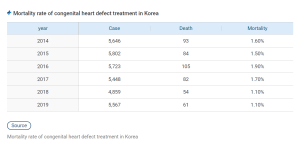
- Establishment and Operation of 11 Designed Cardiac and Cerebral Vascular Disease Centers by The Government
Korean government established a plan for the ‘Institution and Operation of Cardiac and Cerebral Vascular Disease Centers’ in 2008.
95% of the patients takes less than 90 minutes, between arriving to an emergency room to receiving primary coronary angiography (source: KRAMI 2019).
Cardio-Cerebrovascular disease centers have been in operation in 11 districts across the country (24-hour operation).
Providing professional treatment services in a timely manner, including CP (Critical Pathway) develo- pment and distribution, and early rehabilitation.
Providing appropriate medical treatment to cardiovascular disease patients in the initial stage in timely manner so as to increase the treatment performance.
- Korea Achieved Success in Open Heart Surgery for Extremely Low Birth Weight Infants
Open heart surgery can be applicable to most congenital heart defect patients which enables to lead a normal life.
Open heart surgery is a surgical method to treat the heart by opening the chest. Although this is difficult to perform on premature babies weighing under 1,200g, Korea has achieved numerous surgical successes on infants with extremely low weight.
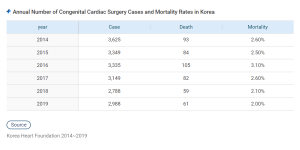
- Valve Surgery With World-Leading Performance
Over 4,000 cases of valve surgery are performed at Korean medical institutions annually with a mortality rate of 2.5 to 3.7 % demonstrating Korea’s excellence.
Valve treatment can be divided into surgical and percutaneous procedure.
The surgical method depends on the age of the patient, the associated diseases and the consent of the patient or guardian.
- Excellence of TAVI (Transcatheter Aortic Valve Implantation Procedure)
In Korea, the first TAVI procedure was performed in 2011, and now, TAVI procedures are actively performed in about 20 institutions, making Korea the leading country to perform TAVI procedures in Asia.
Korea’s current nationwide TAVI procedure results are summarized in the K-TAVI fact sheet 2017, and it states that the occurrence rate of cardiac deaths was 3.3% one year after procedure, and the occurrence rate of disabling stroke was 2.5% one year after procedure; the results were considered world-class.
- World’s Leading Coronary Artery Bypass Technologies
Korea features a relatively high level of OPCAB(Off-Pump CABG).
In addition to the stability and effectiveness of OPCAB, a number of studies are being performed on the opening of graft, on surgical techniques using a complete arterial catheter, on minimaly invasive surgical techniques, and on protecting the brain using techniques that involve no touching of the aorta.
About 300 cases of coronary artery bypass are performed annually, and the mortality rate is only 2.6 to 3.9%.

- Korea’s Cardiovascular Intervention Skills Go Global
- Diagnostic coronary angiography rarely causes surgical complications and generates a mortality rate of only 0.14 to 0.75%.
- After diagnostic coronary angiography, coronary intervention is performed. The mortality rate of patients with acute myocardial infarction who receive this procedure is only 1.2 to 5.5% in Korea, which is similar to that of the United States (3.5%).
- The rate of recurrence within 1 year is 2.5 to 9.5%, and the average hospitalization period is 3.0 to 9.5 days, closely matching statistics in the United States and European countries
- Angina patients generally experience complicated lesions and stenosis in multiple areas due to the chronically developed disease.
- The mortality rate, the rate of recurrence within 1 year and the hospitalization period in Korea are 0.1 to 1.4%, 2.4 to 6.0% and 1.7 to 4.0 days, respectively.
- Even Korea’s medical technologies to treat left main vessel diseases or chronic total occlusion, which used to be difficult to treat surgically, are setting the global standard. An increasing number of foreign physicians are visiting Korea to learn Korea’s techniques every year.
Source: https://www.medicalkorea.or.kr/en/heart

